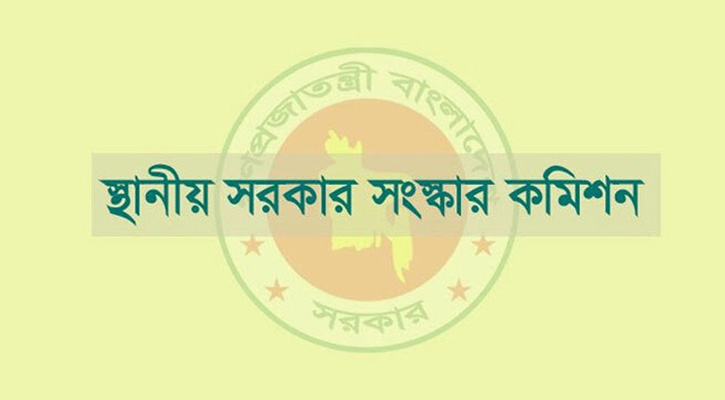The Local Government Reform Commission has recommended reducing the number of local government tiers within the next 10 years to bridge the gap between rural and urban areas.
On Saturday (February 22), the Chief Advisor’s Press Wing released this information based on the summary of the Local Government Reform Commission, which was handed over to Muhammad Yunus.
Key Findings:
- Rapid urbanization is expanding cities while rural areas are shrinking.
- With the rapid expansion of health, education, and communication (both physical and virtual), it is necessary to restructure local government levels to integrate rural and urban administration.
- A specialized Local Government Commission should be established to provide expert advice to the government on this matter.
Current Local Government Structure:
- The existing rural local government consists of three tiers: Union Parishad, Upazila Parishad, and Zila Parishad (District Council).
- The urban local government includes 330 municipalities and 12 city corporations.
- Major reforms are proposed for the laws and organizational structure of these institutions.
Proposed Changes:
- Zila Parishad Reforms:
- The Zila Parishad will become a decentralized planning unit.
- The Deputy Commissioner’s (DC) office will represent the national government separately and oversee land management.
- Under the leadership of the Zila Parishad chairman, all district-level development departments will be integrated into the Zila Parishad.
- A Joint Secretary-level officer will be appointed as the Chief Executive Officer of the Zila Parishad.
- Upazila & Union Parishad Integration:
- All officials, their duties, and financial resources will be brought under the respective councils.
- Structural Inconsistencies:
- The three levels of local government have inconsistent organizational frameworks.
- Union Parishads have wards, while Upazila Parishads elect a chairman and two vice-chairmen from the same constituency.
- Zila Parishads have never held direct elections.
- Differences in governance, taxation, and financing require extensive legal, administrative, and structural reforms.
Recommendations:
- A unified and consistent local government structure should be established.
- The local government system should be restructured to resemble the parliamentary model of the national government.
- Three key reforms have been suggested:
A. Transition to a Parliamentary Model
- Existing local government institutions, originally based on General Ayub Khan’s presidential system from the 1960s (Pakistan era), should be reorganized into a parliamentary-style governance system.
B. Consolidation of Laws
- Instead of three separate laws, Union Parishads, Upazila Parishads, and Zila Parishads should be governed by a single law.
- Similarly, municipalities and city corporations should be governed under a separate single law.
- The current five separate laws should be replaced by two fundamental laws for rural and urban local government institutions.
C. Unified Election Schedule
- Elections for all five institutions should be held under a single schedule.
- This will reduce costs and time for both the government and candidates.
If these reforms are implemented, they will simplify the electoral process, make it more cost-effective, foster democratic political culture, and encourage constructive grassroots policy discussions.

